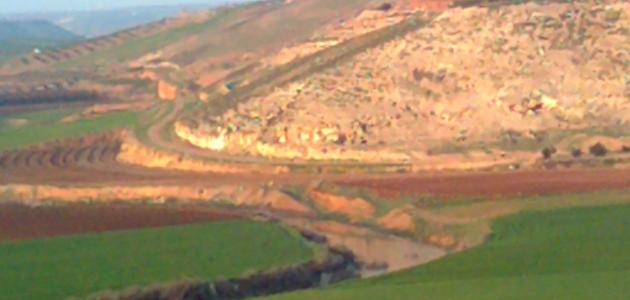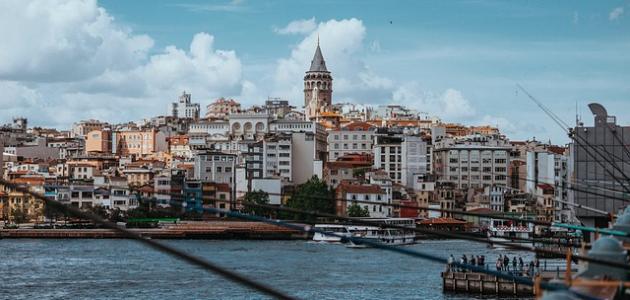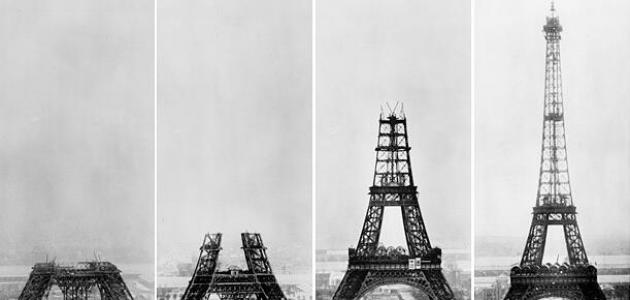Table of Contents
Romen Antiquities in Alexandria
The Egyptian city of Alexandria includes most of the remaining Romen ruins, given that it is the capital of the Romen Empire in Egypt, and some of the most famous Romen ruins in Egypt include the following:
Romen Theater
This theater is located in the city of Kom el-Dikka, and its construction dates back to the fourth century AD, similar in its general form to the shape of a horseshoe in the form of a letter (U) in English, consisting of 13 rows of numbers, numbered and numbered stands, in order to facilitate the organization of the seating on them, the lower stands are made of granite Pink in color, and the rest of the terraces are marble. At the end of the amphitheater there are 5 sleeping compartments, of which only two are left today, whose roofs are designed as columns mounted on domes, and the stage in the middle contains the orchestra for music.
Cemetery of Kom el Shoqafa
This cemetery is known as the largest Romen cemetery in Alexandria, dating back to the second century AD, and is located on the southwestern borders of ancient Alexandria.
Mast mast
One of the most famous Romen ruins found in Alexandria, in addition to being the largest of the temples of Alexandria in the Greek and Romen times, and is the last remaining monument from the Temple of Serapeum, which was established by King Ptolemy the Third.
Romen ruins in Aswan
One of the remaining Romen ruins in Egypt, specifically the city of Aswan, is the Temple of Philae, also known as the Temple of Isis, where this temple is located on the island of Philae, which gained great ancient importance because of its alignment with the island of Aswan, the temple covers more than a quarter of the island’s area, was built from Before Ptolemy II.
Romen ruins in the Western Desert
He recently found a structure for an ancient Greek-Romen temple at the site of peace, where under the ruins he found the entrance to the main temple, part of the foundation, in addition to the front part of it; i.e. the facade, and the thick outer walls of it, characterized by its rooms open to the outside courtyard, and the Romen Greek decorations, and lion statues Carved in limestone.








